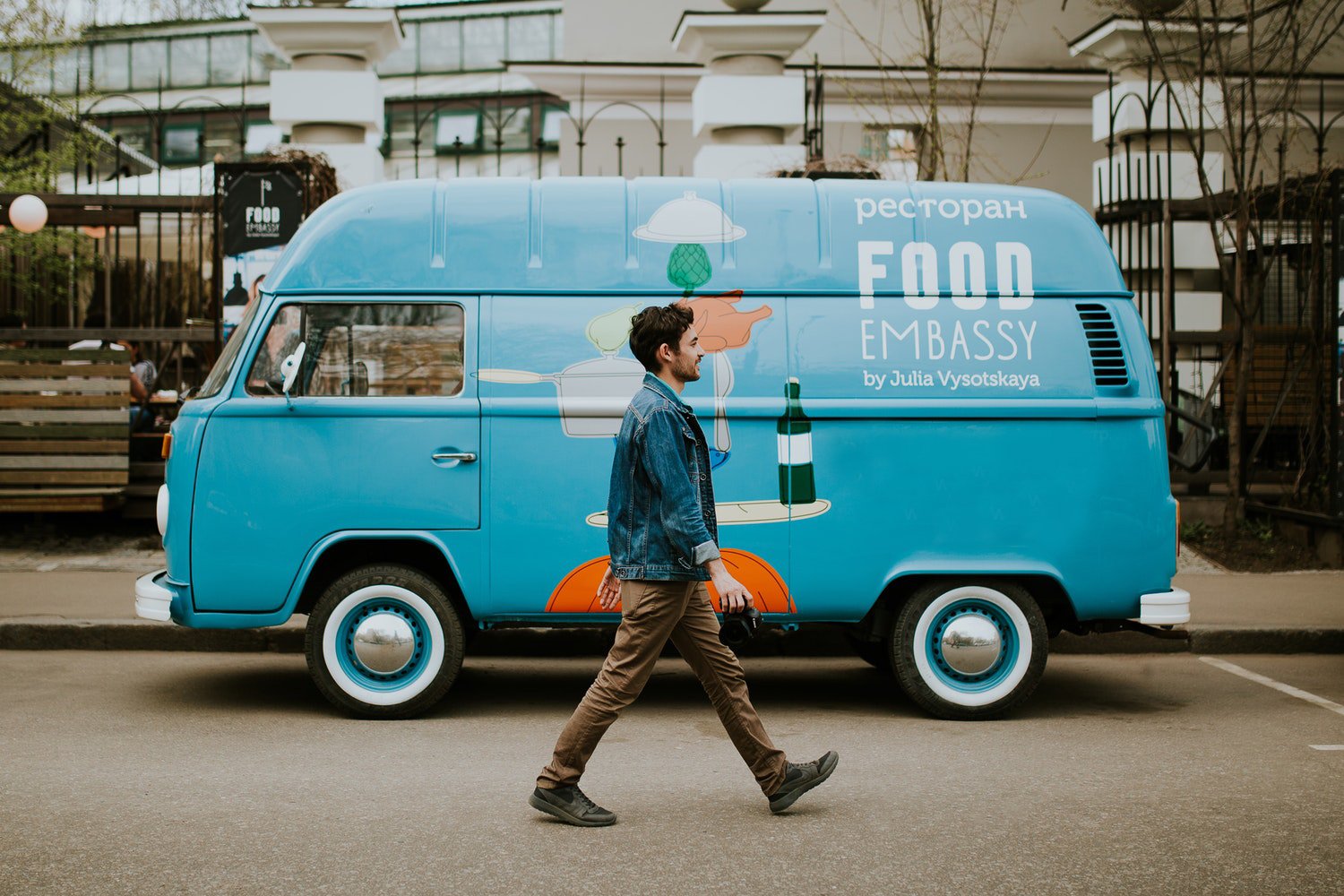LDM Facial for Sensitive Skin in Seoul
If you have sensitive skin, frequent redness, or even melanin-rich skin with post-inflammatory issues, the LDM facial is gaining popularity in Seoul as a gentle yet effective treatment option. Here’s a full guide on what LDM is, why it’s suitable for fragile or reactive skin types, how it works in Korea, what you should ask in a clinic, and what to expect.
What is the LDM Facial?
LDM stands for
Local Dynamic Micromassage (also written LDM Micro-Massage). It uses high-density ultrasound waves (commonly frequencies of 1 MHz, 3 MHz, and 10 MHz) that penetrate different skin layers and provide a gentle “micro-massage” effect, stimulating collagen, elastin and hydration.
Unlike more aggressive lasers or thermal devices, LDM is described as
low-irritation, making it suitable for sensitive skin types.
Why It’s Especially Good for Sensitive Skin
Here’s why LDM can be a smart option if your skin struggles with sensitivity, inflammation, or reconstruction:
- It’s non-ablative and non-thermal in the sense of not burning or visibly damaging the skin surface, so risk of triggering post-inflammatory effects is lower.
- It supports the skin barrier by increasing hydration and drawing moisture into deeper layers.
- It’s noted as suitable for “those who cannot receive laser treatments due to sensitive skin.”
- It can be used for calming redness, improving texture without downtime, which is often a key concern for people with reactive skin.
How LDM Works – The Key Mechanisms
- The device alternates ultrasound frequencies (1, 3, 10 MHz) to target from epidermis to deeper dermis/subcutaneous zones.
- The ultrasound waves cause micro-vibrations (“micromassage”) which stimulate fibroblasts and heat‐shock proteins (HSPs) that promote collagen/elastin/hyaluronic acid production.
- Because the energy is delivered via ultrasound rather than intense light/laser, the surface remains mostly intact, which means less risk of visible trauma.
- The treatment can also help with oil/sebum control, acne calming, and barrier repair, depending on the mode used.
What to Ask in a Seoul Clinic (Especially with Sensitive Skin)
When you visit a dermatology/aesthetic clinic in Seoul for LDM, here are the key questions to check:
- Which brand/device do you use for LDM? (Ensure it’s a reputable device with multi-frequency capability)
- What mode/settings will be used for my skin type (sensitive/inflamed/reactive)?
- How many sessions are recommended for my issue (redness, thin barrier, reactive skin)?
- What’s the down-time and aftercare? Will I need to avoid certain products or procedures post-treatment?
- Is there an English-speaking coordinator/dermatologist who understands sensitive skin issues?
- What is the cost for a single session and for a package? Are there foreign-patient prices?
- Has the clinic treated many patients with sensitive/darker skin tones? (Important if you have higher melanin or reactive skin)
- Are other treatments (lasers, injectables) recommended alongside LDM—if so, are they necessary or optional?
Typical Treatment Flow & What to Expect
- Consultation and skin-analysis: The doctor examines your skin barrier, sensitivity, prior treatments, etc.
- Cleansing and possibly topical numbing (though minimal discomfort is typical).
- Application of ultrasound gel and the LDM device passes over your face; you might feel gentle warming or vibrating sensation, but minimal pain.
- Optional LED therapy or calming mask after the LDM to boost regeneration.
- Aftercare: Usually same-day makeup is possible; you’ll be advised to use gentle skincare, strong sun protection, avoid heavy exfoliation/peels for a few days.
- Results: Many report smoother texture, less redness, more moisture within 1-2 weeks; cumulative improvement over multiple sessions.
- Maintenance: For sensitive skin plans, clinics often recommend a series of 4-6 weekly sessions or every 1-2 weeks initially, then monthly or quarterly maintenance.
Who Should Consider LDM & Who Should Be Cautious
Great candidates:
- Skin that is sensitive, thin, reactive to strong lasers
- Skin showing early signs of laxity or dehydration
- Skin with red/inflamed texture, mild acne, pore issues
- Patients seeking a gentle “reset” or maintenance rather than aggressive change
Caution or might need alternatives:
- Severe scarring or deep wrinkles may require additional treatments (lasers, RF microneedling) combined with LDM
- Active infection or untreated cystic acne might need medical management first
- Skin with certain implanted devices/contradictions should consult a dermatologist
Estimated Cost & Frequency in Seoul
- In some Korean clinics, LDM sessions may start from around ₩30,000-₩50,000 KRW for short durations (event price) and go up to ₩90,000-₩150,000 KRW or more for longer, full-face sessions with mask/LED inclusion.
- Because sensitive skin may need a softer program and possibly more sessions, discuss the cost of a ‘course’ or package rather than just one session.
- Ensure there’s no big foreigner surcharge and transparent pricing.
Final Thoughts
For sensitive or easily reactive skin, the LDM facial offers a safe, low-downtime, and effective option in Seoul’s high-end dermatology market. Rather than going straight to high-intensity lasers, LDM provides hydration-boosting, barrier-supporting, collagen-stimulating benefits with less risk of adverse effects.
When done properly in a well-equipped clinic with a doctor who understands sensitive skin challenges, LDM can be a smart choice for maintaining skin health, improving texture and calmness, and preparing the skin for longer-term treatments if needed.

